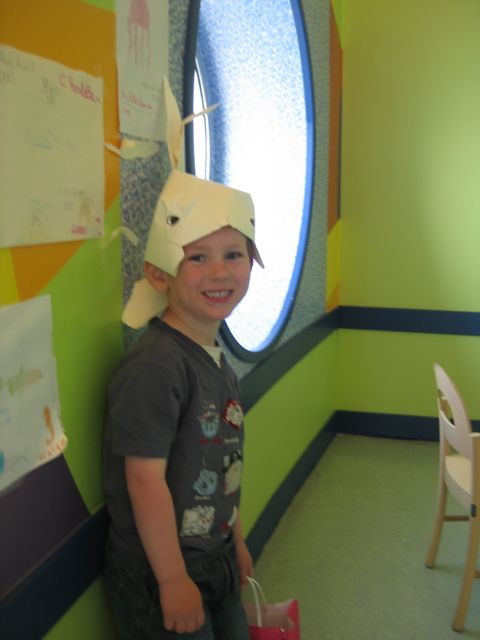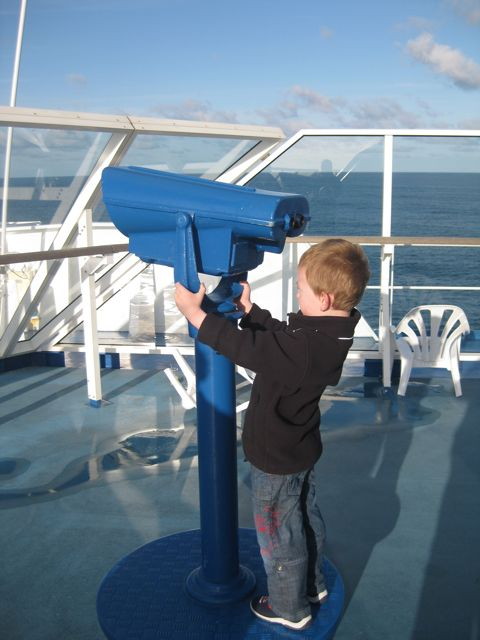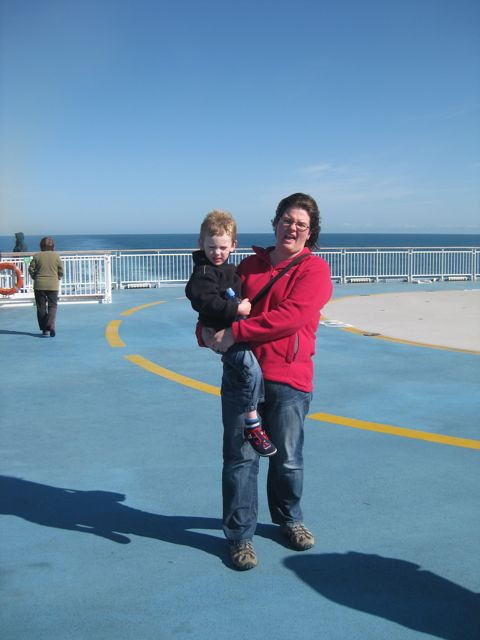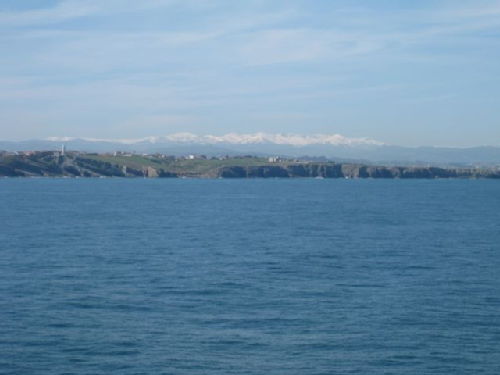All entries for Monday 27 April 2009
April 27, 2009
PhD proposal latest version – Learning is Designed
I've been overwhelmed by the response to my planned PhD research project. On this basis, if it were a published book I could have already sold over 20 copies, just to the people to whom I have briefly outlined it. Lots of good advice and encouragement. Thanks.
Here's the latest version:
Learning is Designed
This is a time of rapid change in all sectors of formal education and informal learning (for example, within businesses). Some of this change is deliberate and managed, but much of it is un-planned and ad-hoc. Even when an institution introduces a new centrally supported provision, little may be known in advance of its effects and uses. This is particularly true of the introduction of new technologies that enable an un-precedented degree of user-configurability and personalisation - both in virtual and physical space. Teachers and learners are now able to assemble a diversity of learning spaces and tools from an ever increasing range of components (including 'free' general purpose tools such as Facebook). Diversity has been the result, with positive and negative effects. For example, different students following a common course may find themselves using wildly varying tools and approaches. A single undergraduate student might be faced with a confusing degree of variation between approaches used by different tutors. Students from different educational backgrounds, even different schools within the same background, may come to university with very different experiences and skills. And because of the pace of change, a student might find things shifting over their three years as an undergraduate. And to what end? The result could be disruptive. Or alternatively, it might promote a more flexible and adaptive attitude to learning, teaching, research and future employment. It could even provoke an un-foreseen creative response.
Are teachers and learners equipped to cope with this change? What effect is it having? Are there tools and techniques that will help them to become more in control? What can we do to help teachers and students to get the most out of these new possibilities? How might we help them to become more agile? What can we do to bring on the 'creative' response?
This project seeks to address these questions with research activities focused on a leading research university as well as schools, businesses and other places where learners learn and teachers teach. A range of research methods will be employed, including surveys and experimental teaching. In particular, software and techniques drawn from the design and creative industries will be tested to see if they can make a significant difference. The core hypothesis being: adding 'design literacy' to 'information literacy' and 'digital literacy' enables students and teachers to more effectively design their own learning and to harness the true potential of new user-configurable physical and virtual learning spaces and tools.
The project will be undertaken in three phases, each with a distinct methodology:
1. Surveying the current situation and its historical precedents (literature reviews, surveys of students and teachers, interviews).
2. Experimentation with new design-led pedagogies.
3. How to meet the challenge of bringing design-led pedagogies into various educational institutions and curricula, and how to ensure good practice is adopted widely.
The author has well established contacts with several HE institutions at which research will be undertaken (including Warwick, Oxford, Oxford Brookes and Worcester), as well as through the Higher Education Academy (National Teaching Fellowship, subject centres), the CAPITAL Centre and the Reinvention Centre, the Learning Grid and Teaching Grid (user-configurable spaces at Warwick), schools (in the Coventry area) and businesses.
A suite of Apple iMac computers and video cameras has already been assembled for use in the project.
In the second year, substantial funding (up to £200,000) will be sought from the Higher Education Academy to support the use of design-led pedagogies as widely as possible.
About the author:
Robert O'Toole is a PGCE qualified Information and Communication Technology teacher, with 15 years of experience in learning technology and learning design. He has taught at all levels, and is currently the Arts Faculty E-learning Advisor at the University of Warwick.
Robert presents his work to a local, national and international audience, and has strong links with the University of Oxford. He is the recipient of a Warwick Award for Teaching Excellence and the prestigious Higher Education Academy National Teaching Fellowship.
He has an MSc in Knowledge Based Systems, and attained a first class degree in Philosophy at Warwick.
Asturias again
2 years ago, at Easter 2007, the pull of the south had been irresistible. We landed with two bikes at Santander, Morocco in our sights, sped down the Ruta de la Plata, but found our journey dissipated by the wonder that is rural Spain: icy mountains, golden eagles, vultures and strong sweet coffee.
Asturias, our first and last stop on that trip, had been a surprise. We camped at Arenas de Cabrales in the north of the Picos de Europa, alongside a wild river and snow covered mountains. I had never seen anything quite like it in Europe. And then we twisted over the top of the Peurto el Ponton.
But I had to return. This time no bike. But rather, a car, a wife and the boy. Would it work? Our first adventure in Europe....

Map from Google.

From Plymouth, the MV Pont-Aven sails: Brittany Ferries' finest cruise boat, complete with fancy restaurants, cinema, swimming pool...

...and children's play area...

For Lawrence (3 1/2) the boat itself was great fun. The ship's resident wild-life officer ran sessions about whales and dolphins - that's a whale hat on his head.

And he could safely walk about the deck of the boat in search of cetaceans.

We slept over night in a small cabin. I took the upper bunk bed that Lawrence jealously coveted. And then in the morning the mountains appeared - "land ahoy" said Lawrence.

The route into Santander is spectacular in itself, famously running right next to a sandy beach on which people play.


Landing by ferry into the centre of a busy city is always an odd experience. We got out right away, looking for a quieter opportunity to acclimatise to the weather and the roads. As quickly as possible we were onto the coast road, stopping first at Santillana de la Mer, a touristic but still quiet town.

The museum was closed, as is usual in Spain on Monday. But the sculptures in front of it were of interest. The Asturians are fascinated with their paleolithic and neolithic past. Reminders of the long gone megafauna are everywhere - mammoths, rhinos, bison...

But it's the longer view that captures perfectly the modern day landscape...

After a light meal, we returned to the road, heading for a small spot at the end of a long beach.

The lagoon at Poo de Llanes, from Google Maps
 Robert O'Toole
Robert O'Toole

 Please wait - comments are loading
Please wait - comments are loading